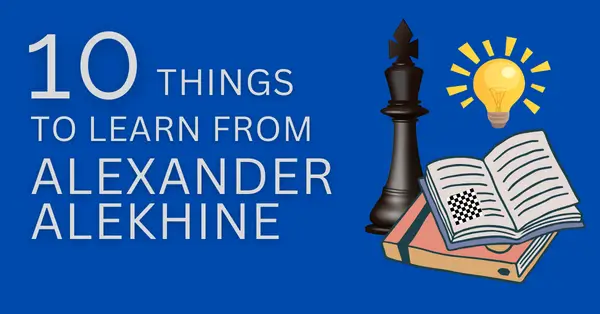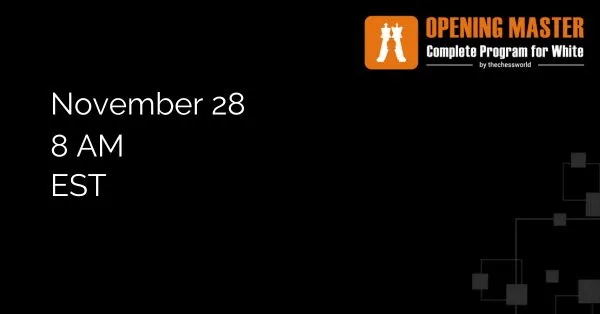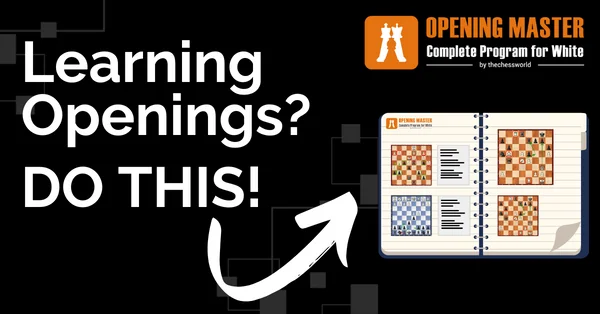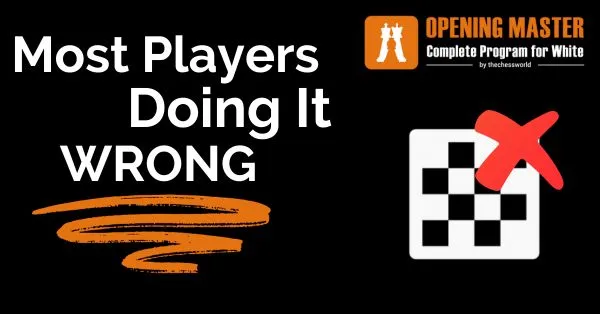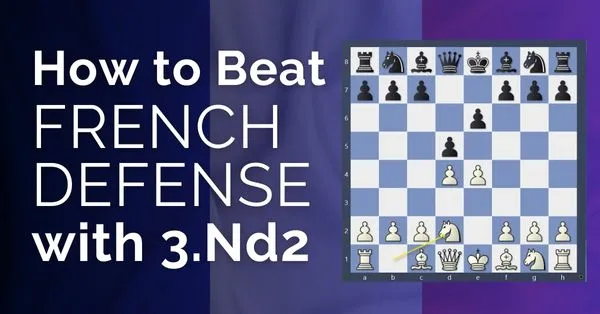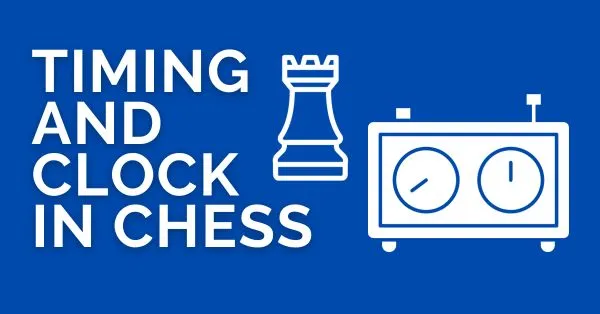Latest Posts - Page 5
Alexander Alexandrovich Alekhine (31 October 1892 – 24 March 1946) was the 4th World Champion and the first master of the universal style of play. A legend of chess, he contributed immensely to the development of the game. From a young age, he developed a knack for chess.
Imagine how you’re outsmarting your opponents with some insane gambits… sitting down for a game, confident and ready to rock… Imagine scoring some quick wins without breaking a sweat… The good news is that GM Marian Petrov has just finished recording a new TCW Academy course covering the 5 Must-Know Gambits for White!
I’ve got some fantastic news that’s going to flip your chess world upside down! Ready for it? TCW Academy is rolling out an absolute game-changer: a 3-hour 5 Must Know Gambits for Black with the one and only GM Marian Petrov.
Modern chess applications, along with chess mobile apps as well as chess training software, are an integral part of players’ lives. They offer unparalleled convenience and functionality. From accessing millions of games to getting paired with a player from another part of the globe. Applications have truly made the game a global sport and brought the world closer.
Big update!
Tomorrow morning on Tuesday, November 28, at 8 A.M. EST, I’m unveiling something you’ll love, especially if your goal is to significantly enhance your chess abilities.
In a previous post, I outlined the three major challenges that typically hinder average chess players from excelling in opening play.
Quick recap, those are:
- Clarity: Which opening should you choose?
- Time: How can you learn them quickly?
- Memory: How can you recall the various lines effectively?
Do you know that over 70% of club players consider studying openings as ‘very important‘?
They spend on average 3-5 hours per week learning openings… And yet they improve by only 50-100 points per year (in a good case scenario).
How do I know all that?
The French Defense has become a popular choice of late among Grandmasters and club players. This opening affords great scope for imagination and creativity from both sides. White has numerous ways of tackling the French defense. From the enterprising Nc3 to the straightforward e5 each offers unique characteristics. A potent weapon against the French is the Tarrasch Variation (1.e4 e6 2.d4 d5 3.Nd2).
Time constraints are part of a chess game. The timing in chess for each move can vary wildly. It can range from a few seconds to a couple of days per move. The way we measure time in chess is through a clock. The clock in chess can be analog or digital. It can also be a physical clock or a virtual one (eg chess clocks online).
We are very close to finishing our long-awaiting Opening Master: Complete Training for White.
This is a complete opening preparation for White meticulously prepared by IM Milovan Ratkovic and the rest of the team.

